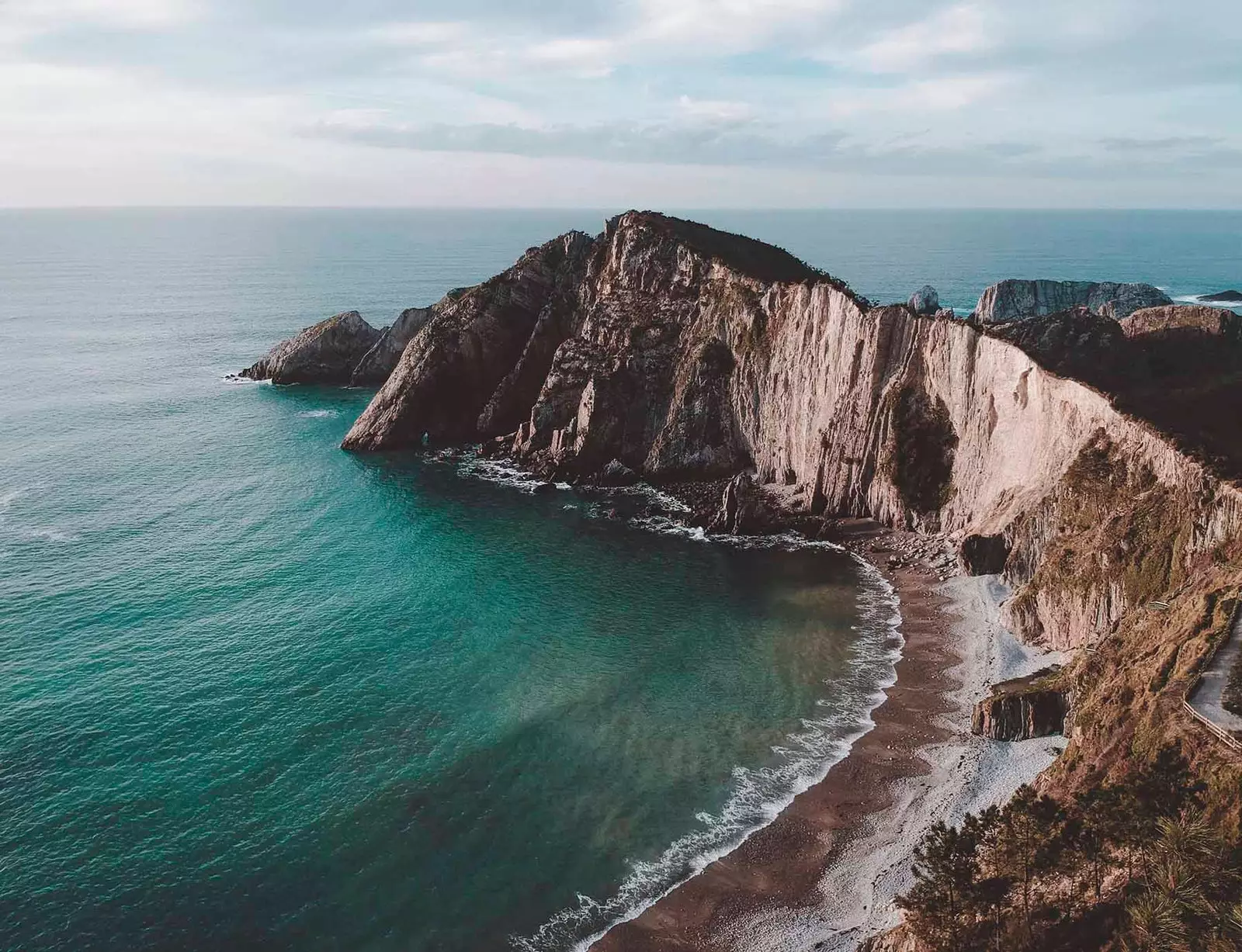
Silence Beach, in Cudillero
Untouched landscapes, sea and mountains, little traveled roads that invite to adventure, friendly people and local product quality ; That is what awaits you on your roadtrip through western Asturias.
CUDILLERO
We start the journey in Cudillero, a regular on the lists most beautiful villages in Spain thanks to the colored houses that dot the side of the mountain on which it is built. What's the plan? Meanderings through its narrow streets, enjoying the picturesque facades and the flowers that fill the town with life, to later crown the walk with the beautiful views of the Bay of Biscay that await you after climbing the spiral stairs of the Garita-Atalaya viewpoint. Going down, nothing like having a small appetizer in one of the terraces of the square known as The amphitheater.
If the trip coincides with a weekend, you have to make a sweet stop compulsory in the Pastry Cape Bust . The workshop of Jonathan González, one of the young pastry chefs with more talent of the region, offers delicacies such as its innovative honey biscuits, made with injected organic honey, cottage cheese cream and nut crunch.
The next stop has to be Barayo beach , a partial nature reserve of the biosphere with a immense sandbank in which there are from dunes to thickets and semi-freshwater marshes in which you can see the ecological wealth of the environment. From the car park to the beach you can enjoy a privileged walk along an unpaved road surrounded by greenery and flanked by pine trees. The eastern part of the beach is nudist territory.
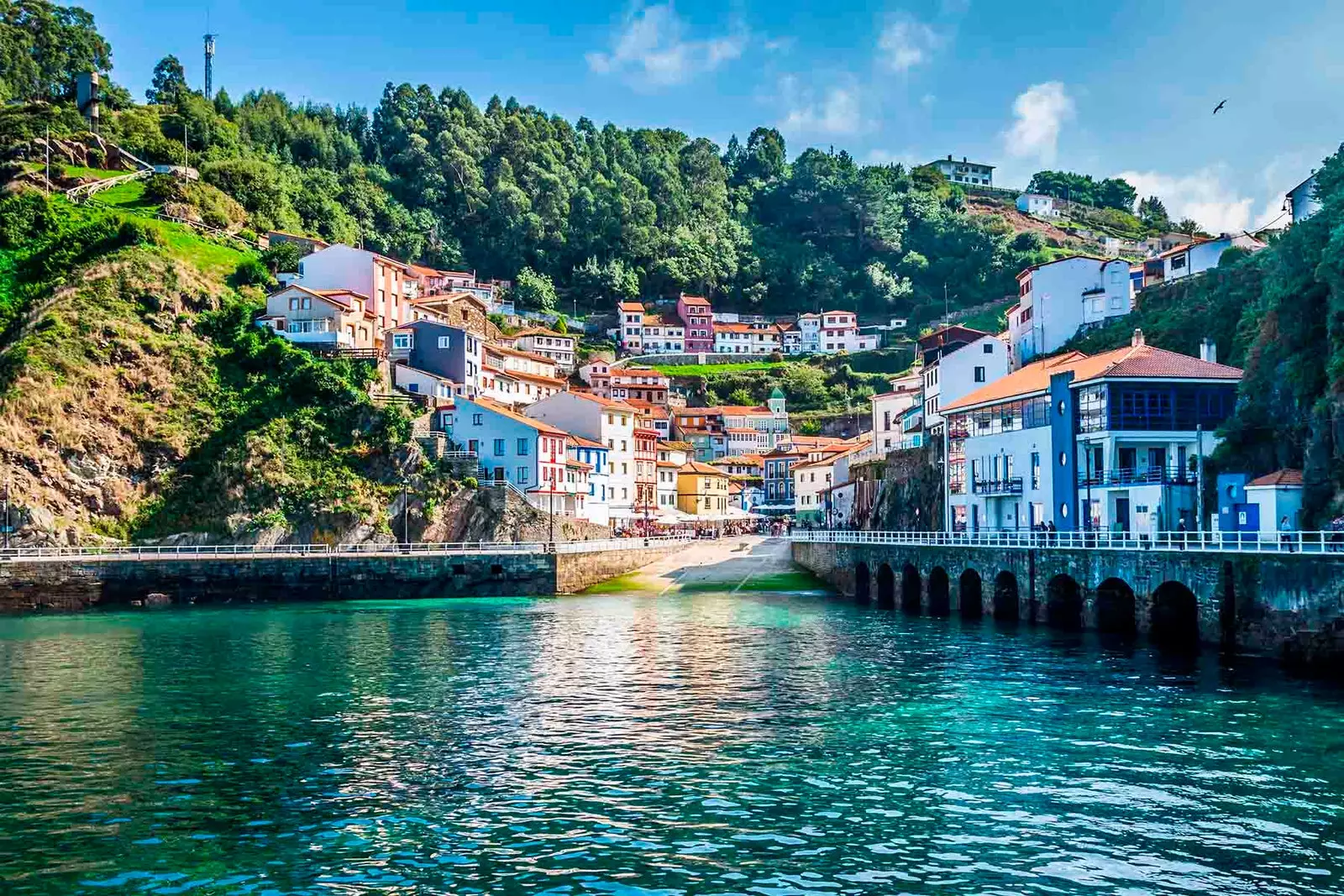
Cudillero
FORT OF COANA
The Castro de Coaña , a few kilometers from Navia, is a settlement very well preserved dating from pre-Roman times (4th century BC) and in which you can see structure and organization of the town that once existed in that place. It consists of three different parts: the acropolis , the north ward, where it is believed that its inhabitants lived, and which consists of cabins with circular stone walls, and finally, the enclosure called "bathtub" , which is thought to have been a hot springs
CASTROPOL
The last coastal stop will be in Castropol, a fishing village with a historic center fairy tale and one of the best places in Asturias to eat oysters . Located above the Ría de Ribadeo (also known as Ría del Eo), On a small hill crowned by the church of Santiago Apóstol -with interesting baroque altarpieces-, the town of Castropol conserves beautiful examples of typical mansions of western Asturias.
Likewise, the Eo estuary belongs to the ** Biosphere Reserve of the Eo estuary, Oscos and Tierras de Burón,** and it is common to see cormorants or herons, among many other birds, since it is also a Special Protection Area for Birds (ZEPA). A good place to eat is the restaurant Rock Sea , a classic from the area that has been in the hands of the same family since 1963 . The menu of the day is to take off its hat, and its fresh fish menu, even more so.
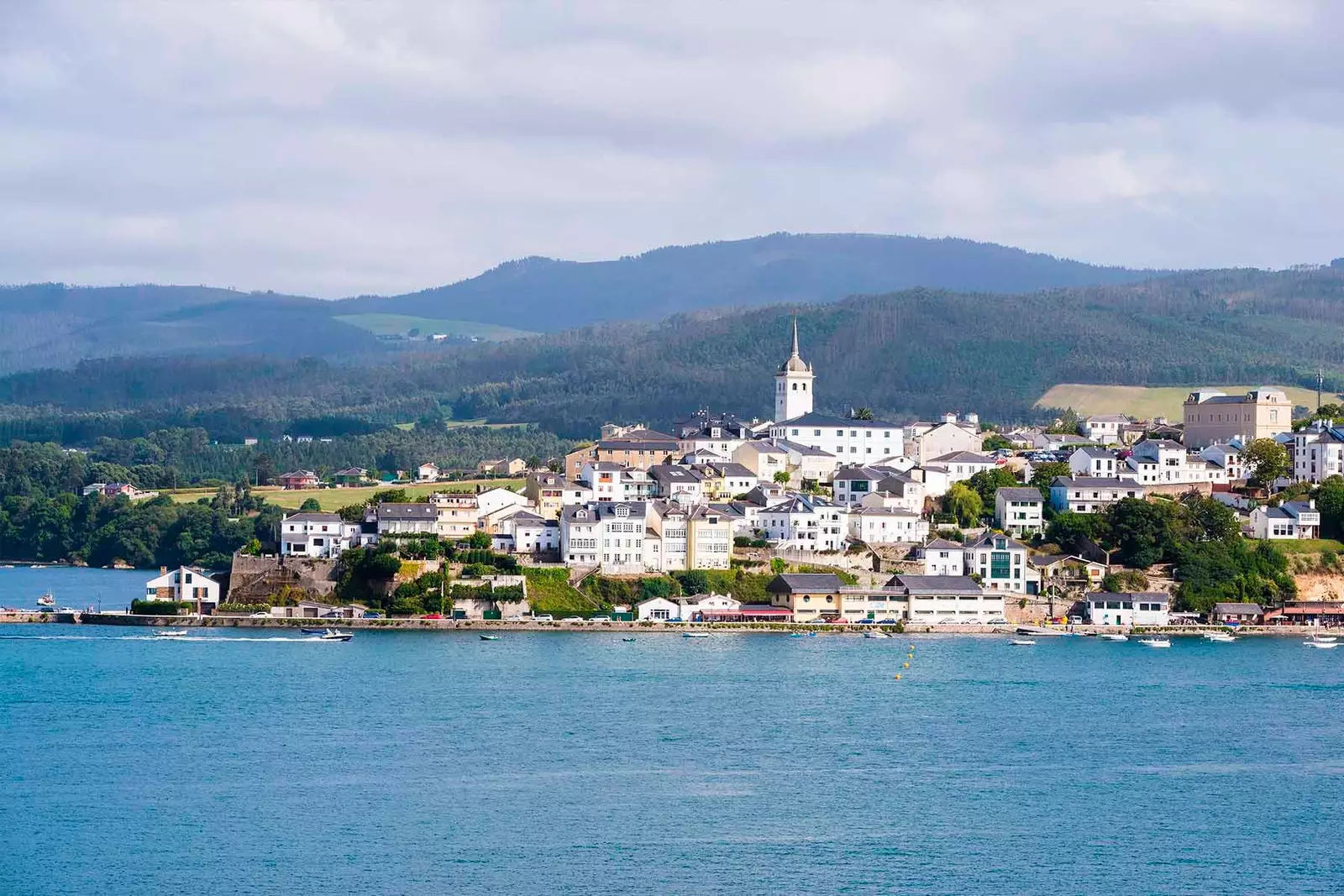
Castropol
VEGADEO
Leaving Castropol behind, we will move towards Vegadeo to divert us to Cioyo waterfall (AS-22 and detour to the right at the height of the town Samagan ) , a place magical one of those that will make you wonder why don't you live in Asturias.
It is best to park the car in the old schools, an abandoned building on the right hand side. Go into the oak forest along the narrow path - there is a thick rope to hold on to so as not to lose your balance - and breathe that air so pure It is a delight, and it makes you think of that often-repeated phrase that says that the best things in the world are free.
And the best thing about this ride is that the climax is yet to come! The impressive waterfall and the crystal clear water pool, in which in summer the most daring take the unavoidable dip, they will make you forget what it cost you to get there.
TARAMUNDI
Beside Taramundi, the cradle of rural tourism in Spain, is the Teixois Ethnographic Ensemble . In this small village you can visit the hydraulic inventions that in another time the families of the town shared for their habitual tasks.
there you can see how the mallet, the mill, the grinding wheel, the fulling machine worked and even a small power station a pioneer in the entire area. The set is so well preserved that still works, and during the guided tour you will be able to see, in addition to the above, a demonstration of how the blacksmiths They handled fire masterfully.
In Taramundi, where it would be a sin to leave without trying the spectacular bread from La Nueva bakery and Taramundi cheese, there are many options to stay: from the historic Hotel The Rectoral , which reopens this March after having been closed for renovations, to the ** Amaido campsite ** or the fairytale village that is As Veigas .
By the way: you should only leave Taramundi without one of the knives or knives signed by the artisans of the area, true handmade jewelry -in addition to a reflection of the cultural heritage of the place-, if you are going to fly by plane without checking in.
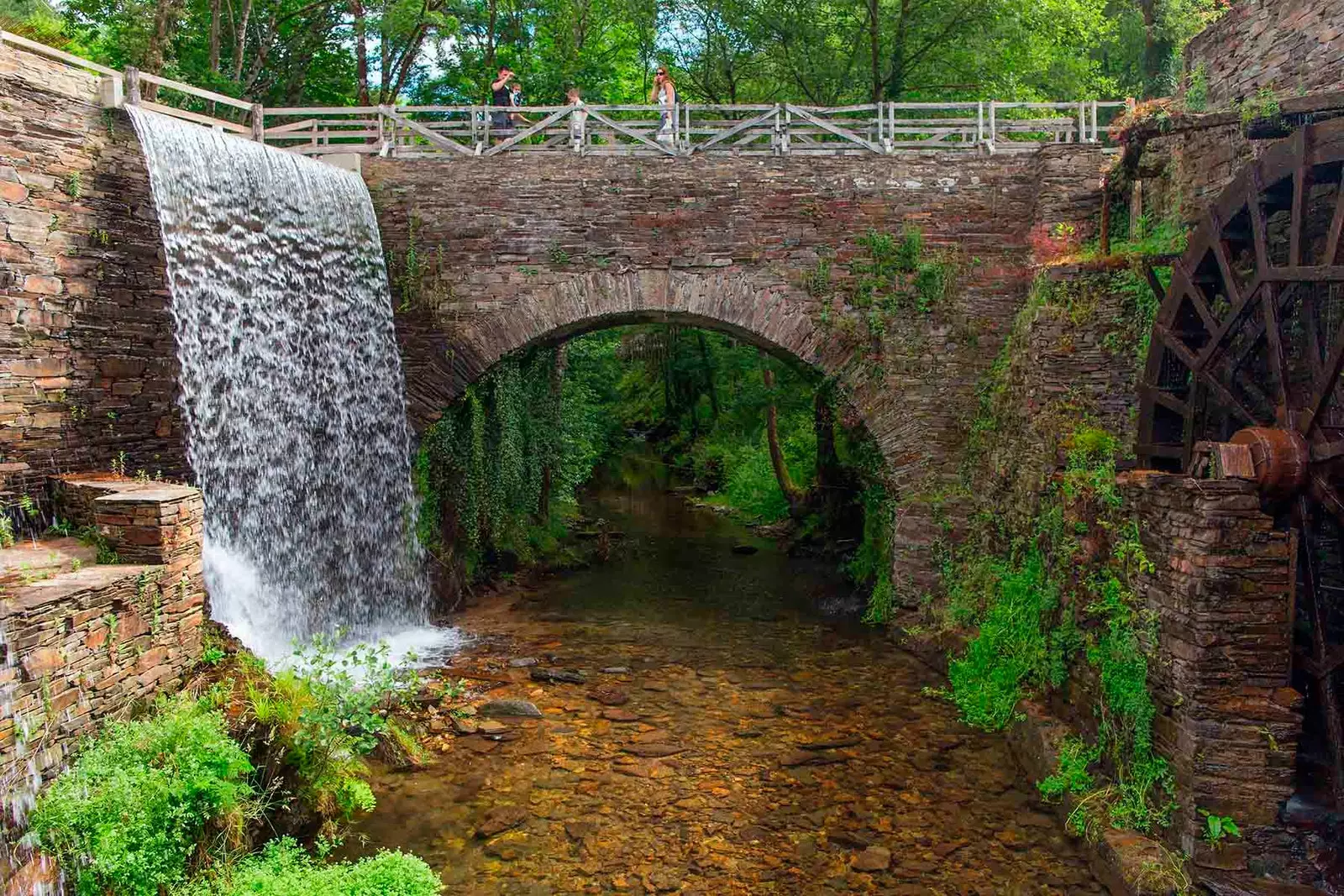
Water mill in the Ethnographic Ensemble of Teixois (Taramundi)
GRANDAS OF SALIME
From Taramundi we set course for Salime pomegranates . there is the Ethnographic Museum , which, through its three spaces (**La Casa Rectoral, La Casa del Molinero and A Casoa)** allows us to understand the peasant rural way of life predominant in the area, and by extension, the idiosyncrasy of its inhabitants, mostly dedicated to agriculture and field work. Although you can also approach and talk to them directly in the Coffee Bar Jaime .
Before leaving Grandas, it is worth stopping to contemplate your reservoir. Beneath its waters lie the remains of come out , capital of the council until 1836, in addition to a multitude of plots that included vineyards, trees, churches and bridges. The reservoir covered 685 hectares.
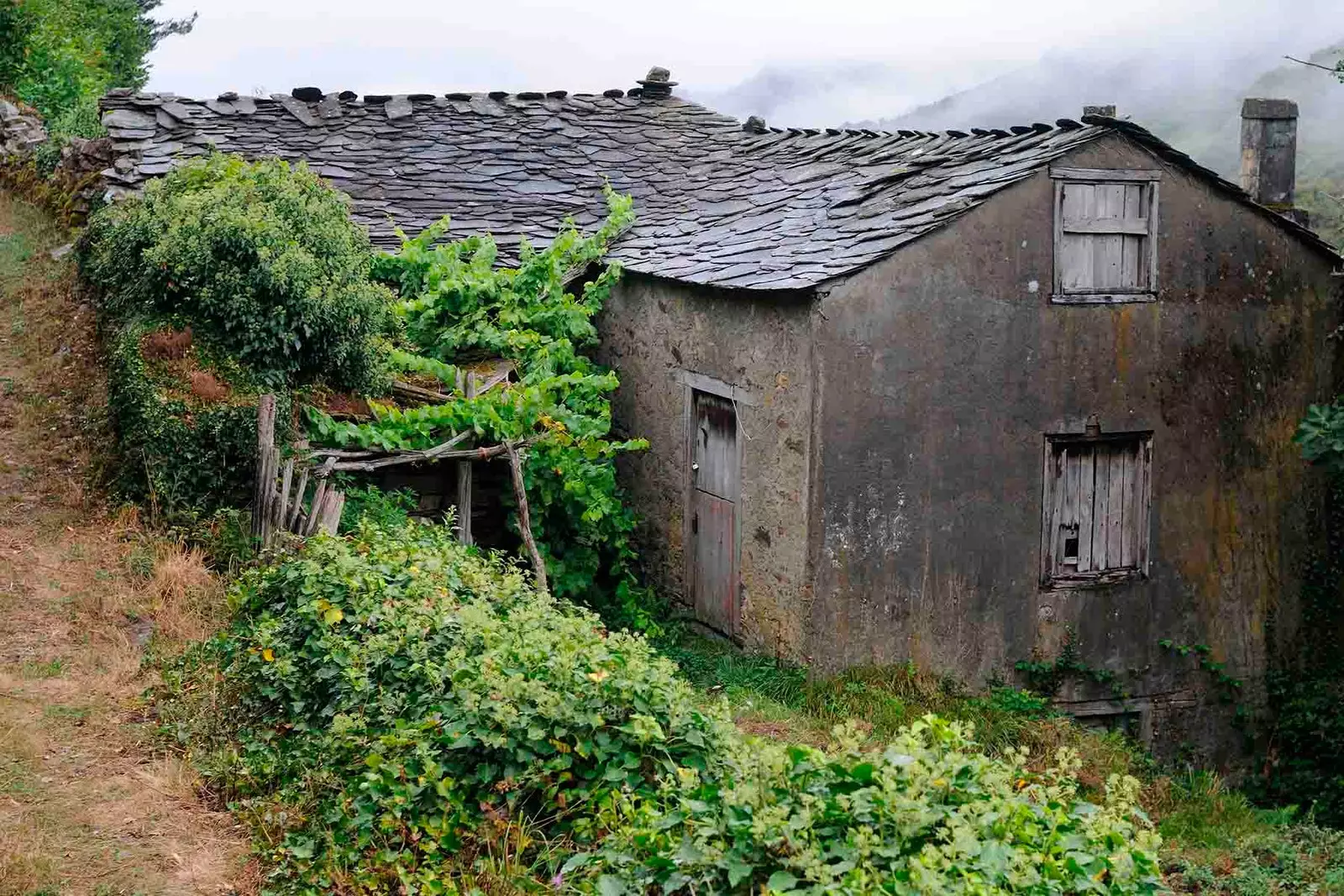
Traditional house in Grandas del Salime
NARCEA CANGAS
The next stop is one of the areas less cider from Asturias, Cangas de Narcea . Over there, the wine wins the battle against this typical drink. with your own Protected Designation of Origin and with a history dating back to the end of the ninth century, the orography of the area allows us to understand without lack of explanations why when we talk about Cangas Wine we talk about ‘heroic viticulture’.
Many wineries, like the Corias Monastery or the young Cellar Lives They offer tastings and allow you to visit their vineyards. You can also visit the Cangas Wine Museum . And to eat, note: the white bar .
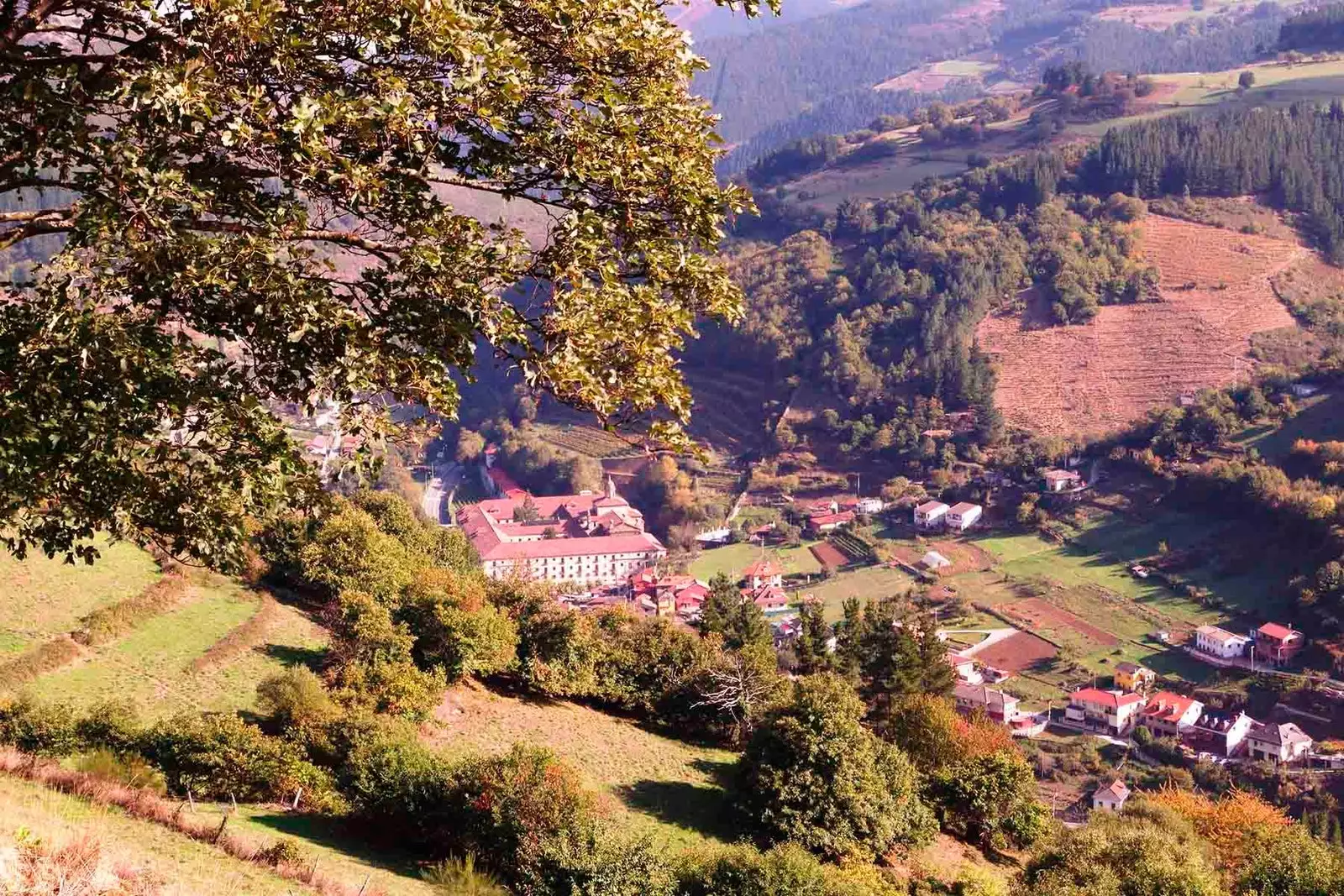
Corias Monastery Winery
SOMIEDO NATURAL PARK
Do you dream of meeting a grizzly ? In the Somiedo Natural Park and Biosphere Reserve you will have many ballots to do it, because it is the home of the largest number of brown bears in Western Europe . There you will find a wild landscape typically mountainous with lakes and valleys of origin glacier and a very well preserved wild nature. In addition to all this, you will be able to observe the beautiful brañas of the vaqueiros de alzada, with their lovely teitos , the houses built in stone and with a green roof.
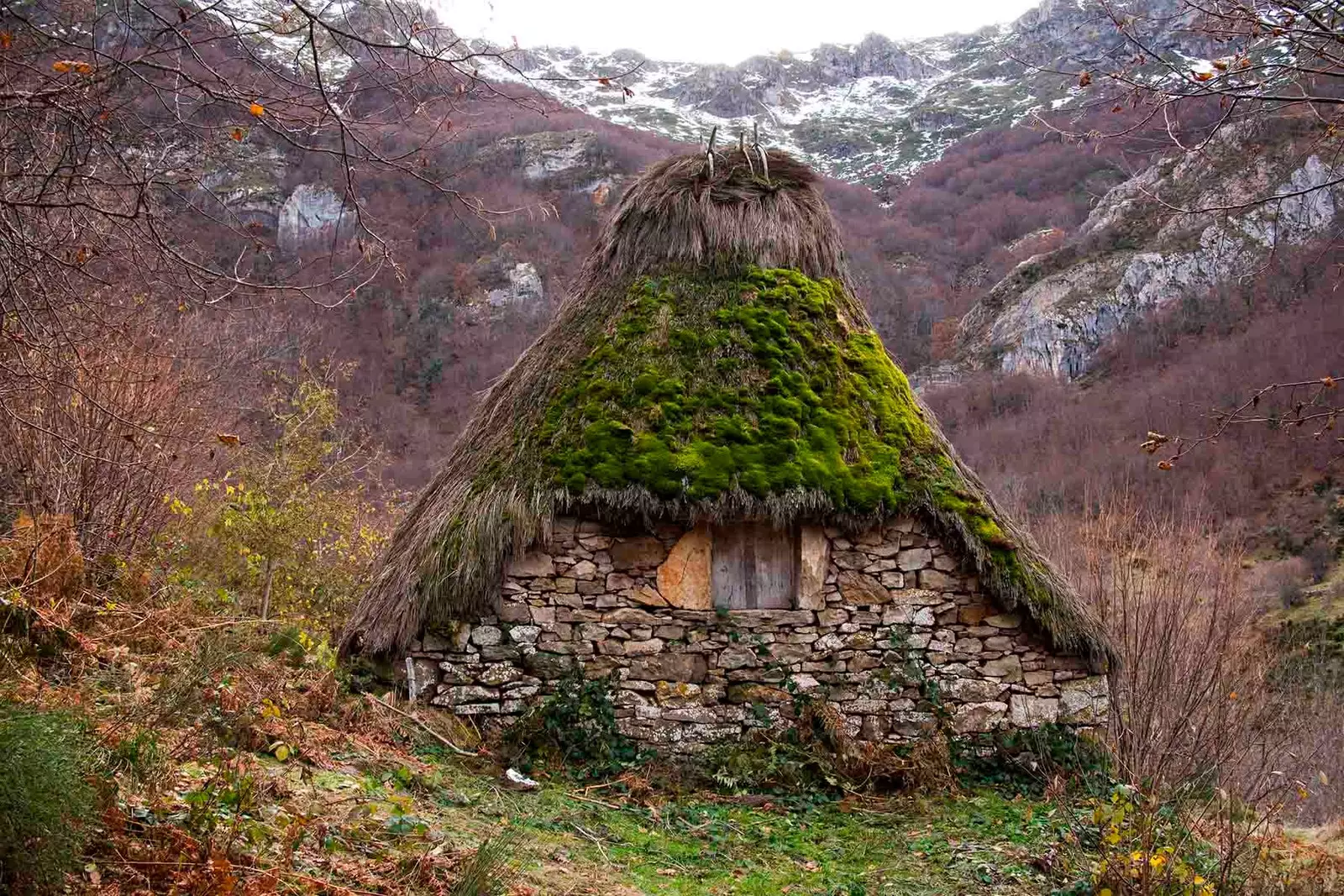
Teito in the Somiedo Natural Park
ROOMS
The last stop on the road trip has to be Salas, one of the medieval villages s best preserved in the region. There, the Collegiate Church of Santa María la Mayor is a must see. This church of century XVI It has a very well preserved baroque altarpiece by the Asturian sculptor Luis Fernandez de la Vega , and on the north wall of the building rests the founder of the University of Oviedo, Fernando de Valdes y Salas . The Renaissance mausoleum of him dates from the end of the 16th century, and is signed by the Italian sculptor Pompeius Leoni.
By the way: the best souvenir of Salas are the teacher's sweeties , some hazelnut sweets that are a true vice.

Rooms
